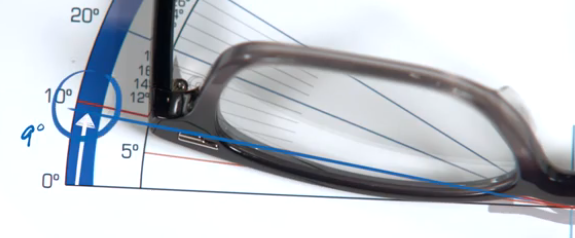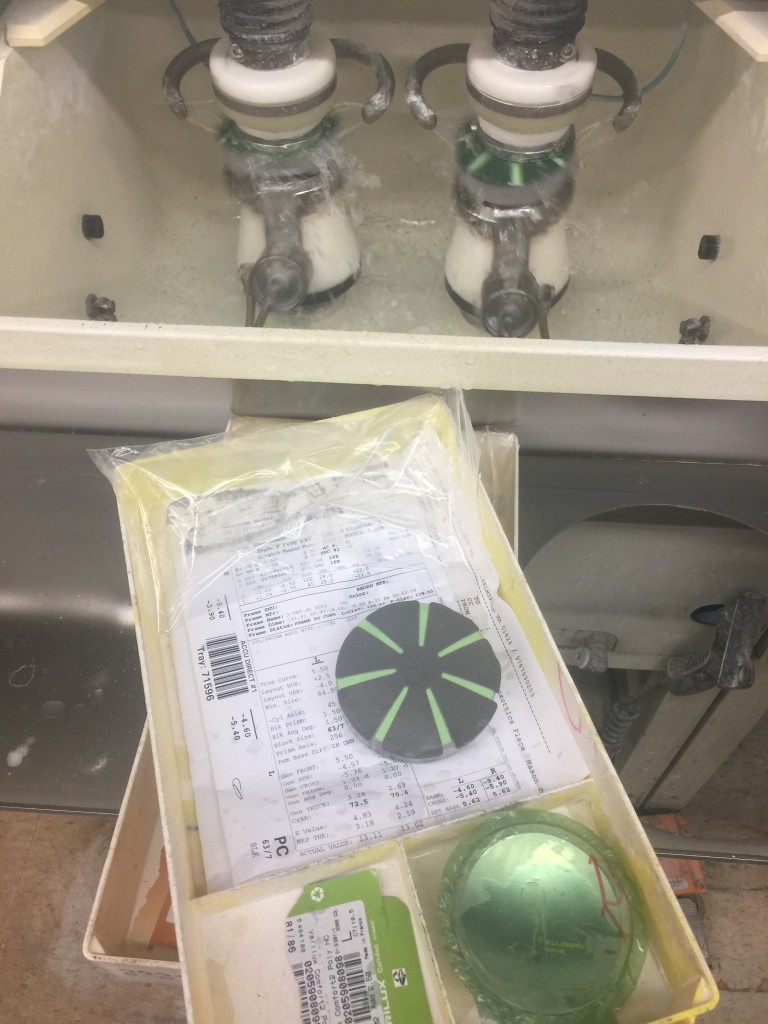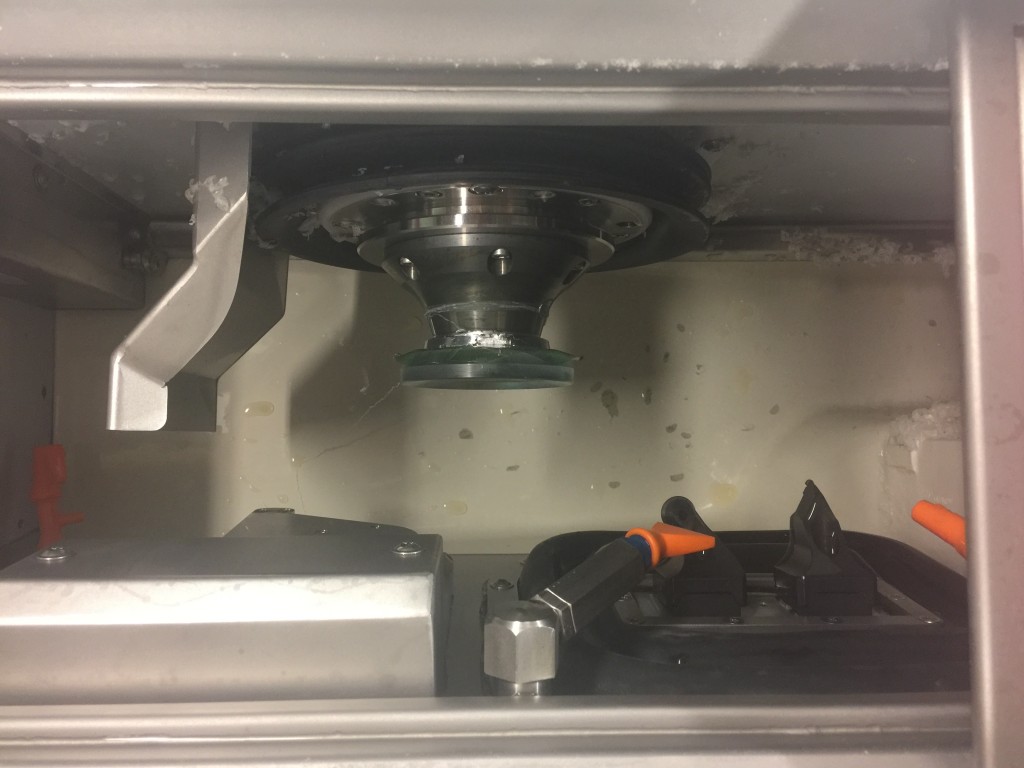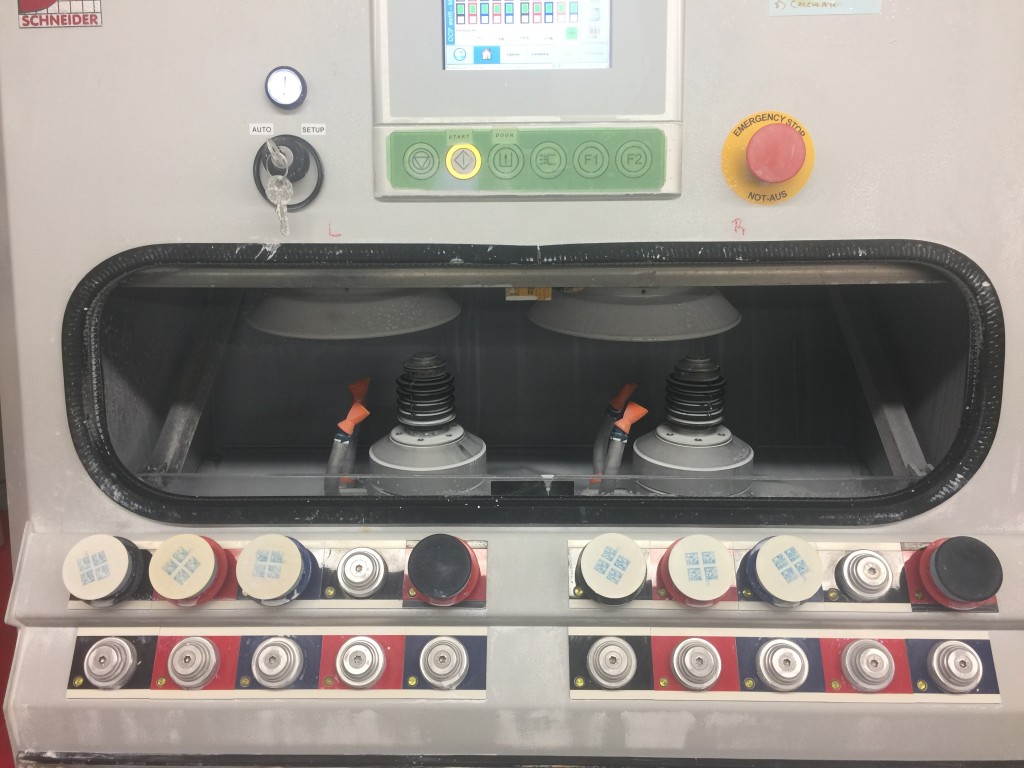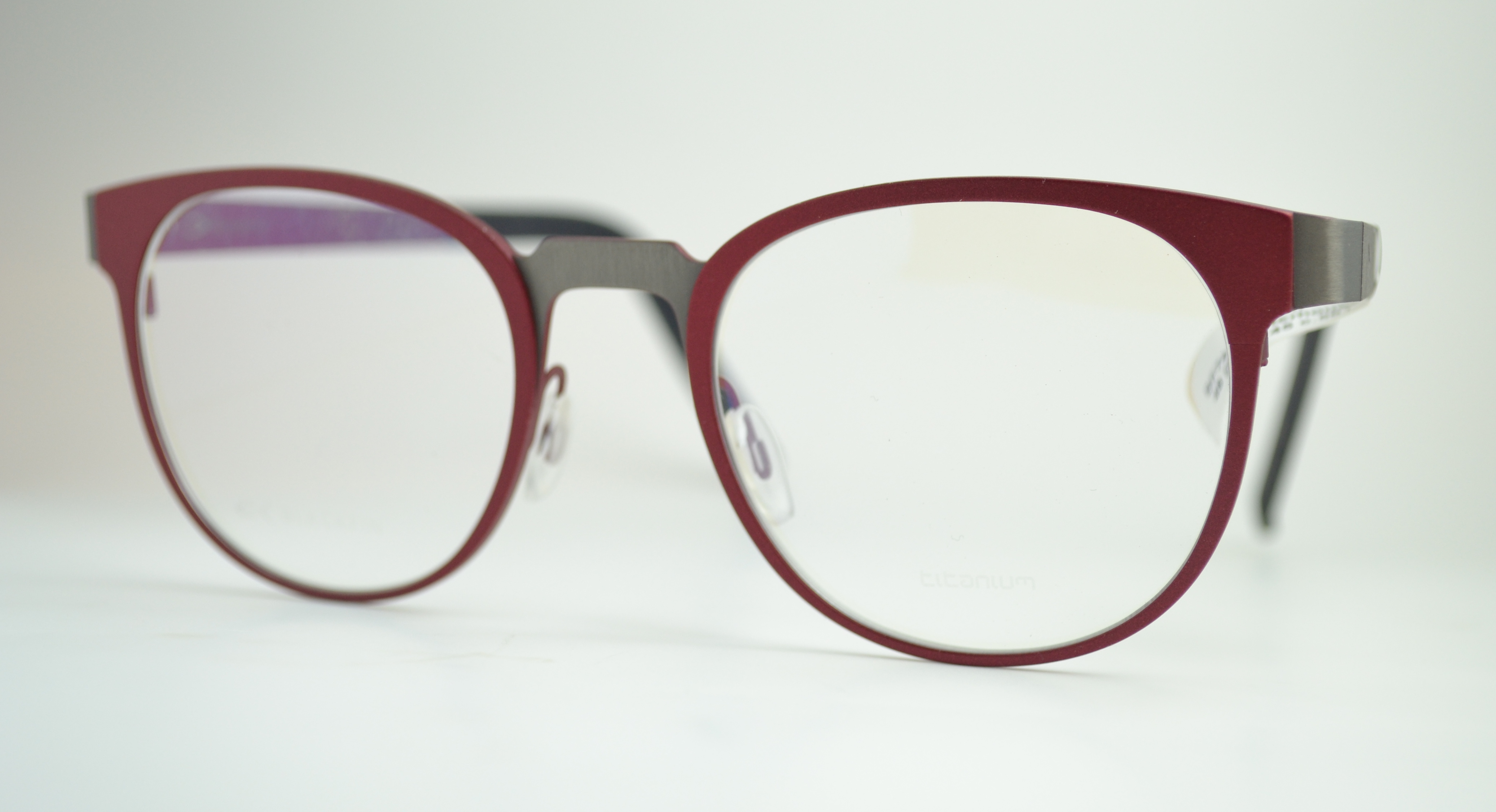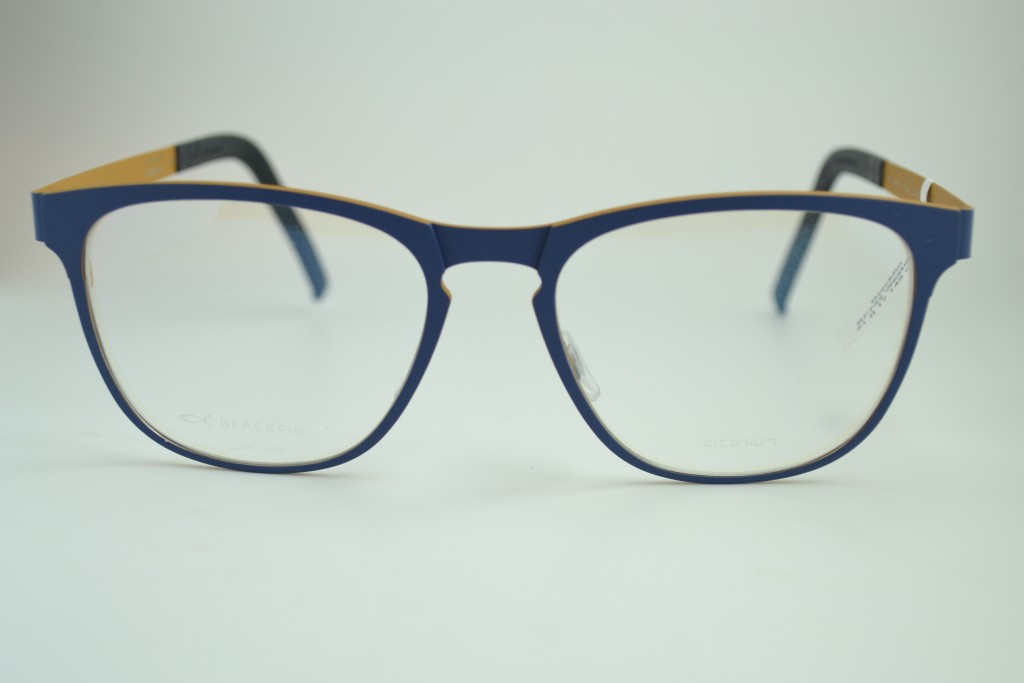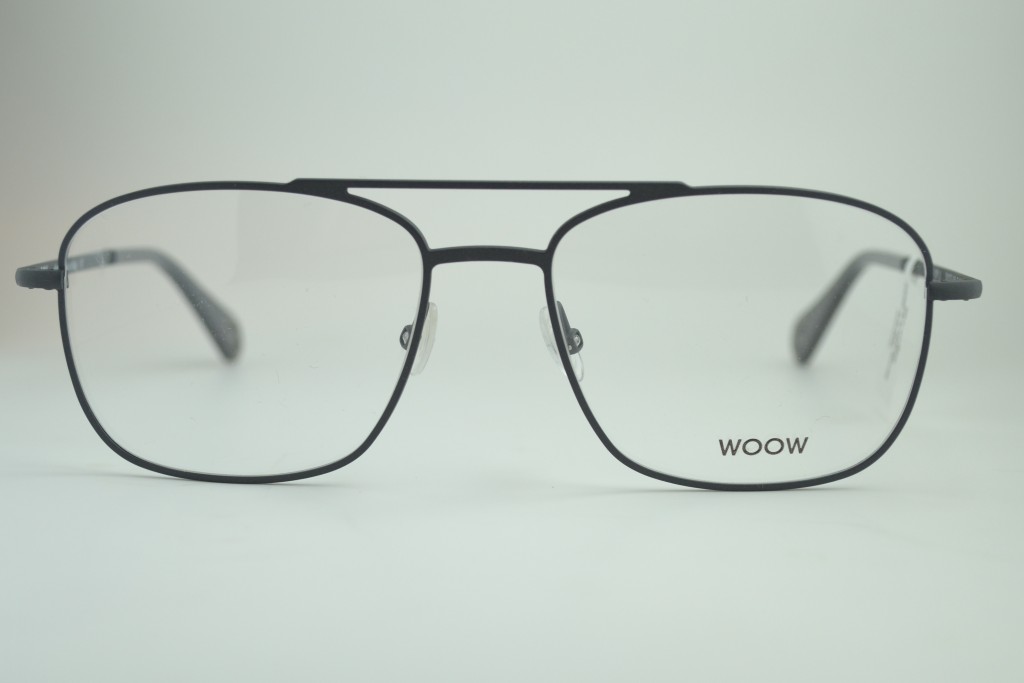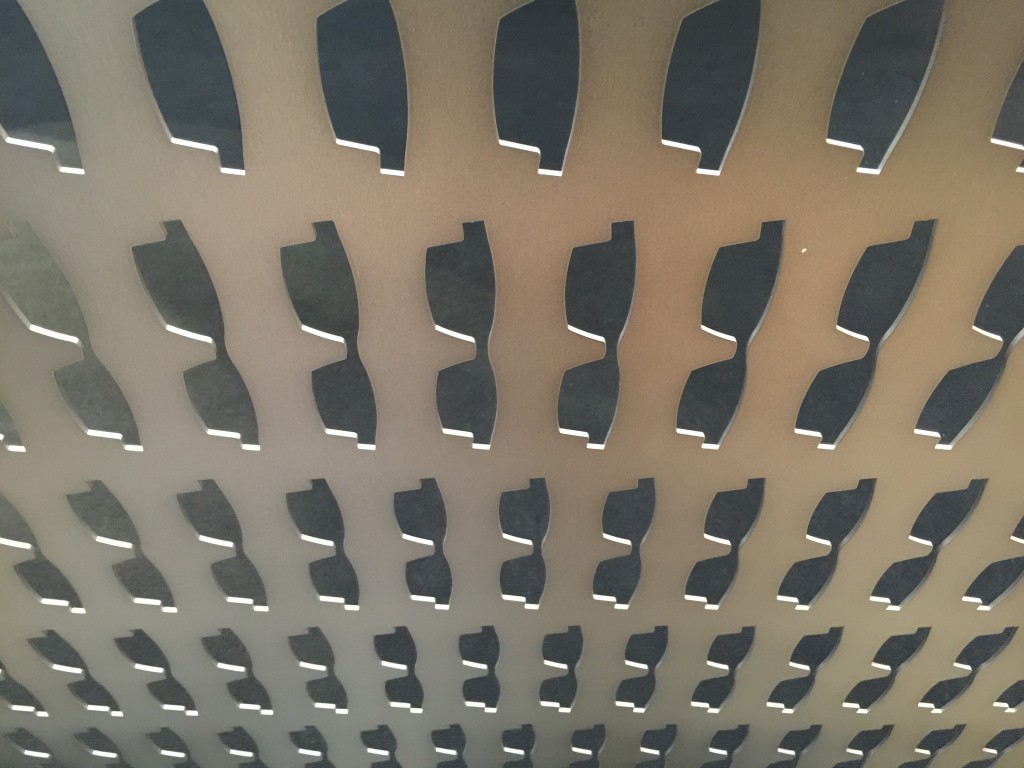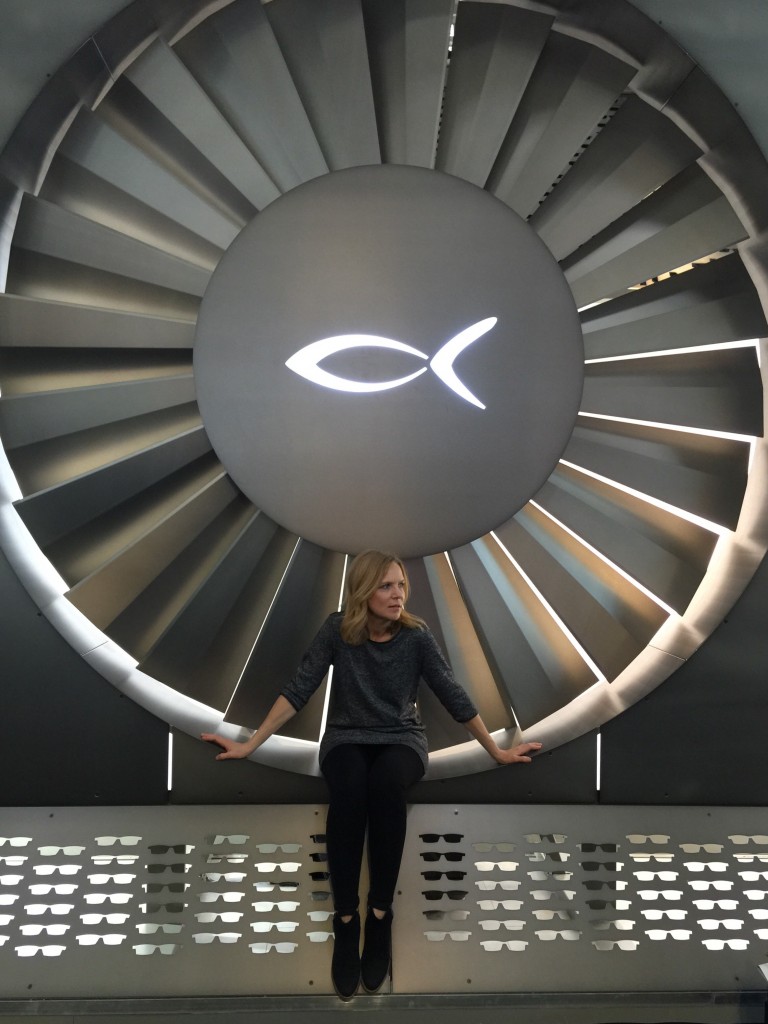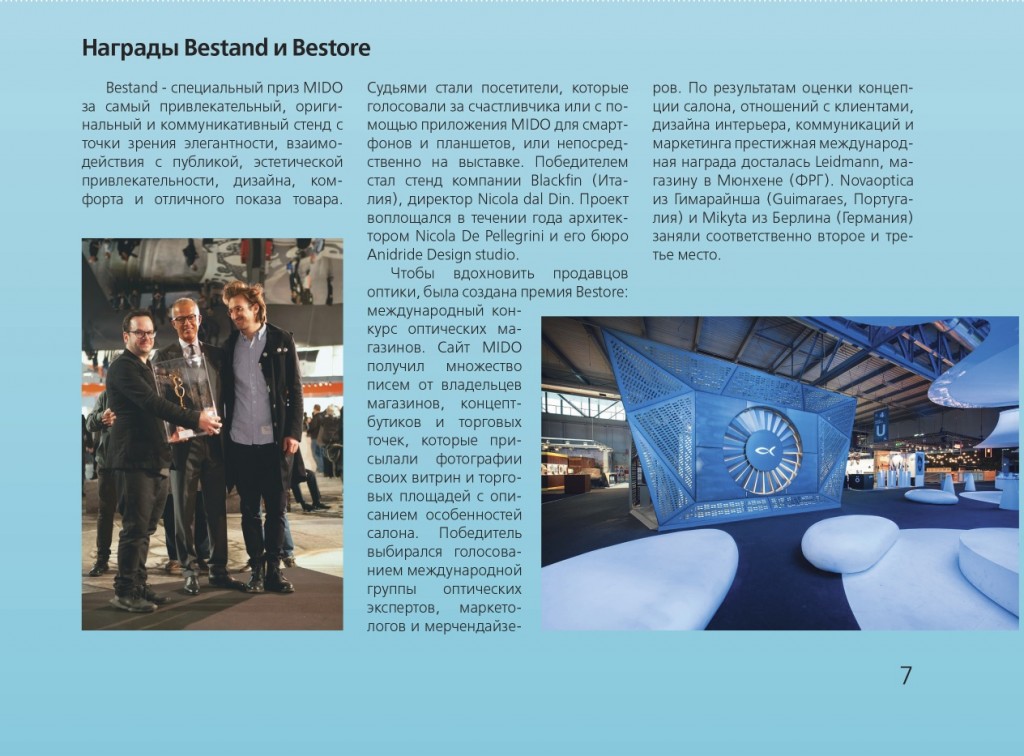The difference between a freeform (also called digital) and a standard lens is essentially the same as the difference between off-the-rack and tailored clothing. Both start with a product made for the “average person”. But there is no such thing as an average person. So, the item must be adjusted to fit precisely. For an important occasion, like a wedding, we have our clothing adjusted for the optimal fit. This is exactly what freeform lenses do for your eyes. The big difference is that you may wear that fancy tailored outfit only once, while you’ll wear your glasses every day.
Lens Distance — It Varies
If you think about your eye moving behind the lens of your eyeglasses, you’ll realize that the lens is farthest from your eye along the edges and is closest in the middle, where the lens is directly in front of your eye. That variation in distance is unique to each person, depending on the size of your eyes, the shape of your face and how the frame sits on you. The tilt of the frame and its shape also alter the distance between your eye and the lens at different points. A generic lens blank cannot accommodate these variations. This means that you are likely to experience distortion as your eye moves within the frame unless the lens is customized to account for these unique variables.
Progressive lenses present an additional challenge because the lens also has to change in power from the top portion (where you look straight ahead for distance) to the bottom edge of the lens, where the power is higher for your reading prescription. For the most comfortable and sharp vision correction, you need a smooth transition with the cleanest curves and the least amount of peripheral distortion.
Customizing Options — Not All Are Equal
There are a variety of ways to achieve a tailored lens fit. Some, of course, are better than others. They all created of chunky lens blank, but on different equipment. Here’s a quick look:
- Conventional/Traditional (K, J Options for VSP Customers): After your optician tries the frame on you and takes the measurements, the customized changes are ground onto the front of the lens and the lens is then polished. This is the least expensive option, but it has significant shortcomings. The grinding and polishing processes cause friction, which heats up the lens, causing it to warp slightly and creating distortion. This process is the least accurate, so it creates the greatest area of “swim” in your peripheral vision, which causes some people to experience dizziness. In addition, placing the customized adjustment on the front of the lens puts the correction farther away from your eye, so your eyes have to work harder to bring the world into focus.
- Digital (F option for VSP): This process utilizes a Computer Numerically Controlled (CNC) machine tool – the same high tech instrument used for creating precision parts for the aviation industry. Your unique measurements are fed into the the computer that controls the machine tool, so the adjustments are very precise, creating a smooth, comfortable curve. The adjustments are made to both the front and back of the lens and there is no vibration, which can lead to distortion. Because the process is so precise, very little polishing is needed. The lenses stay at room temperature and do not warp. We recommend this option for progressives and for single vision lenses with high prescription or high astigmatism.
- Total Customization (O, N Options for VSP): This option, which only costs an additional $10 for VSP customers, involves additional measurements, including the tilt of the frame you have selected, how it wraps around your face and the distance from your eye (cornea) to the back of the lens. The goal is to create multiple optical centers so they can “follow” your eye movements. (Think honeycomb pattern). It will give you stability switching between different frames and comfort of reading (by eliminating an image displacement). This option gives you very precise, accurate visual correction, even in your periphery.

